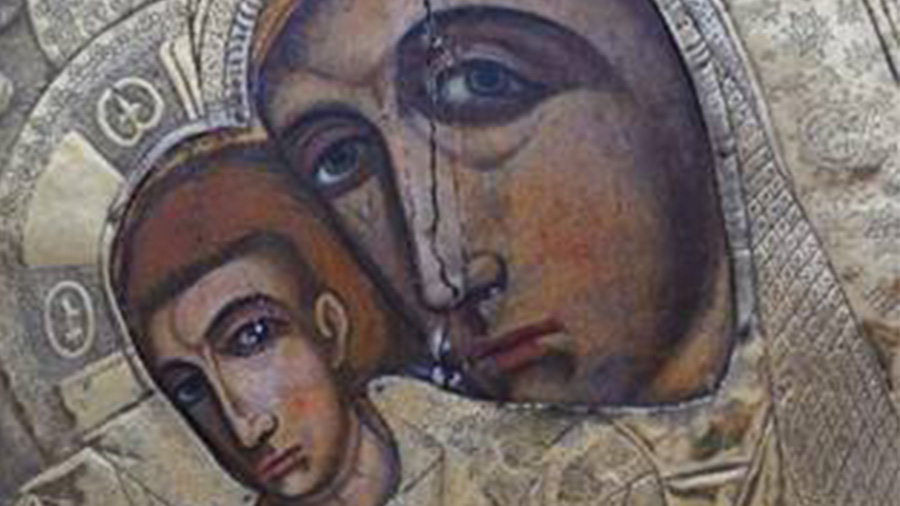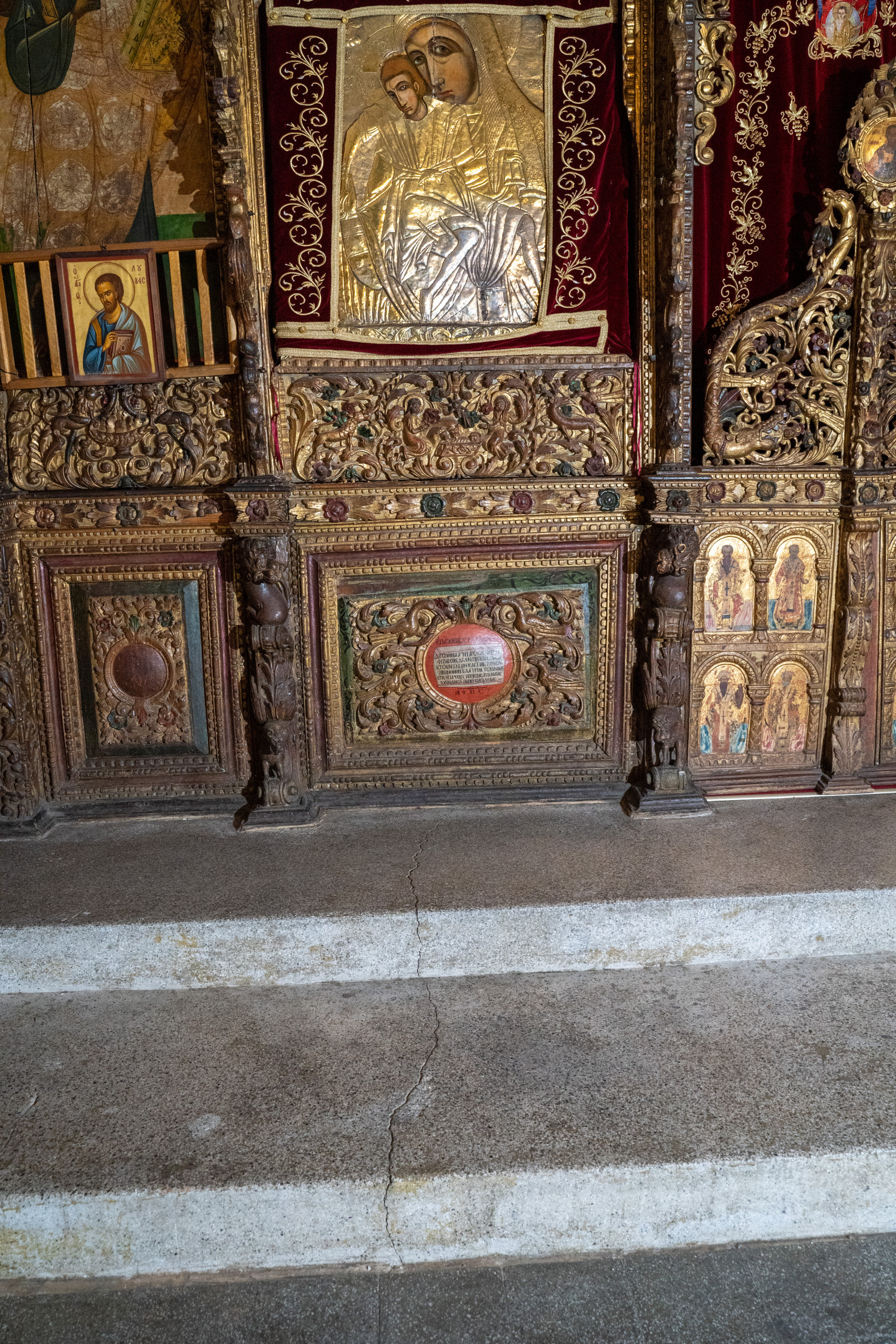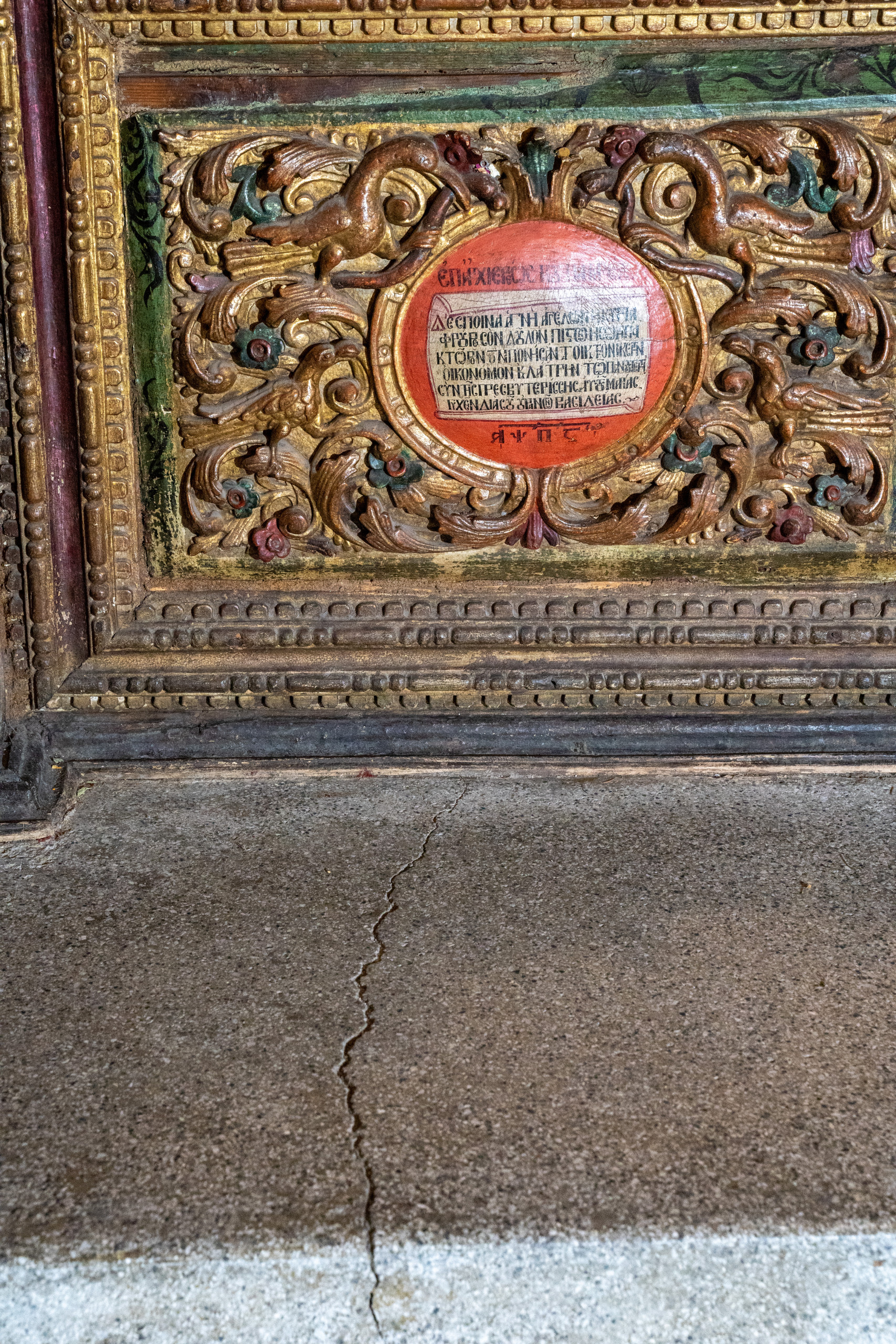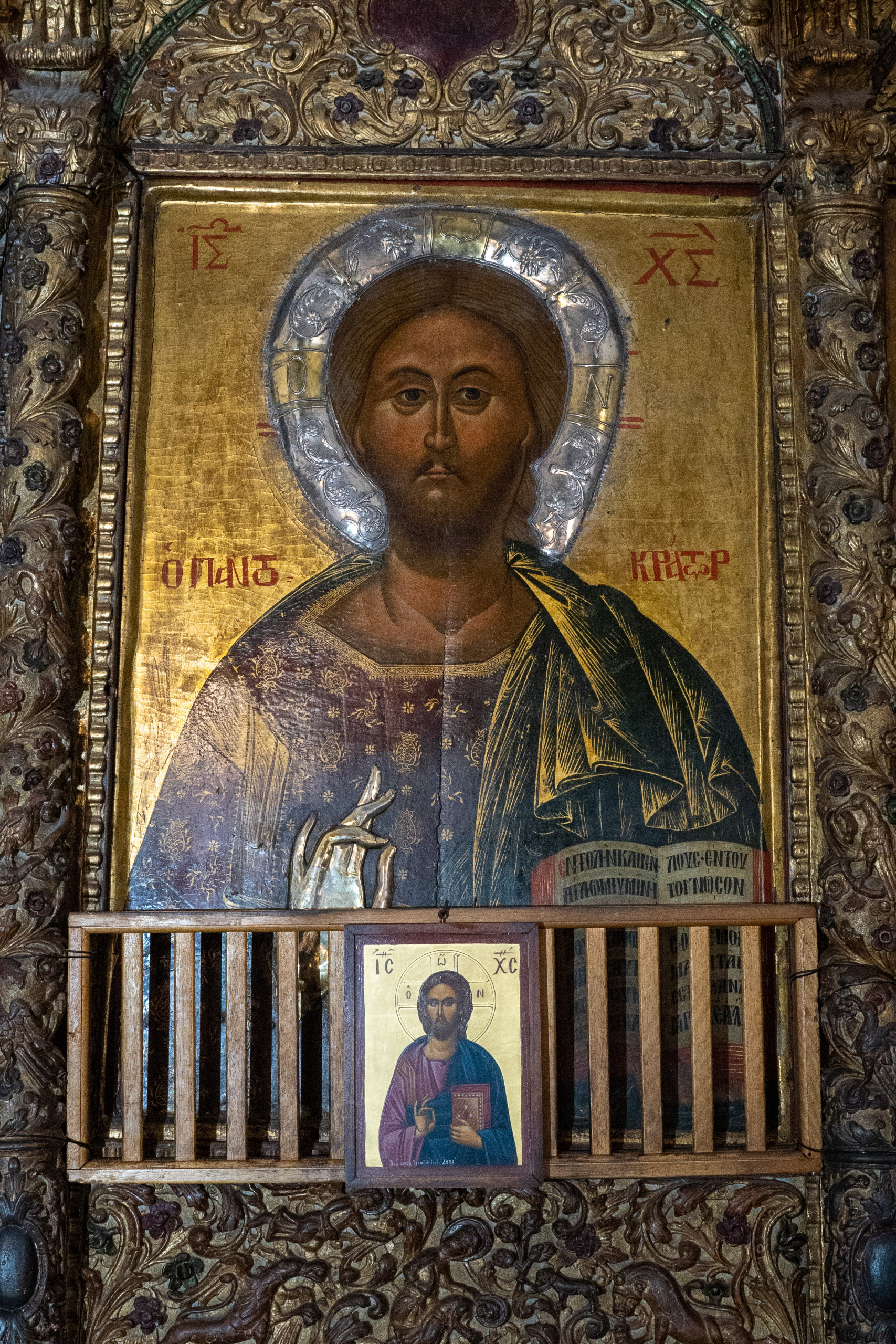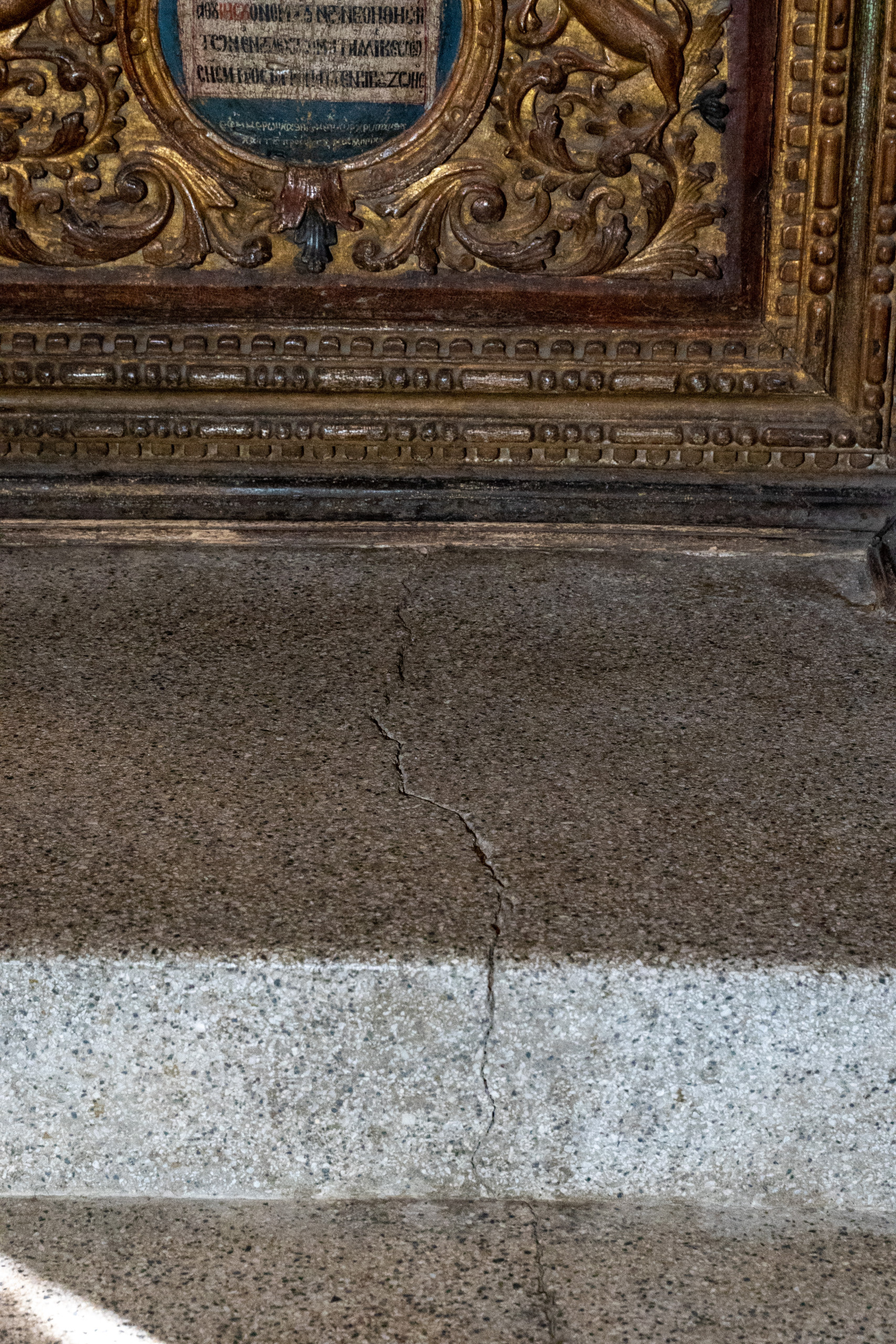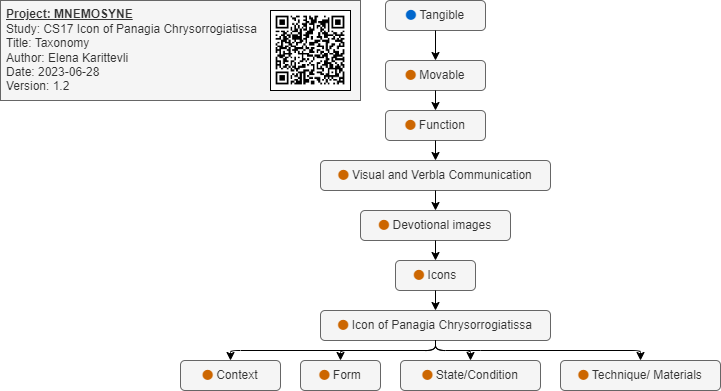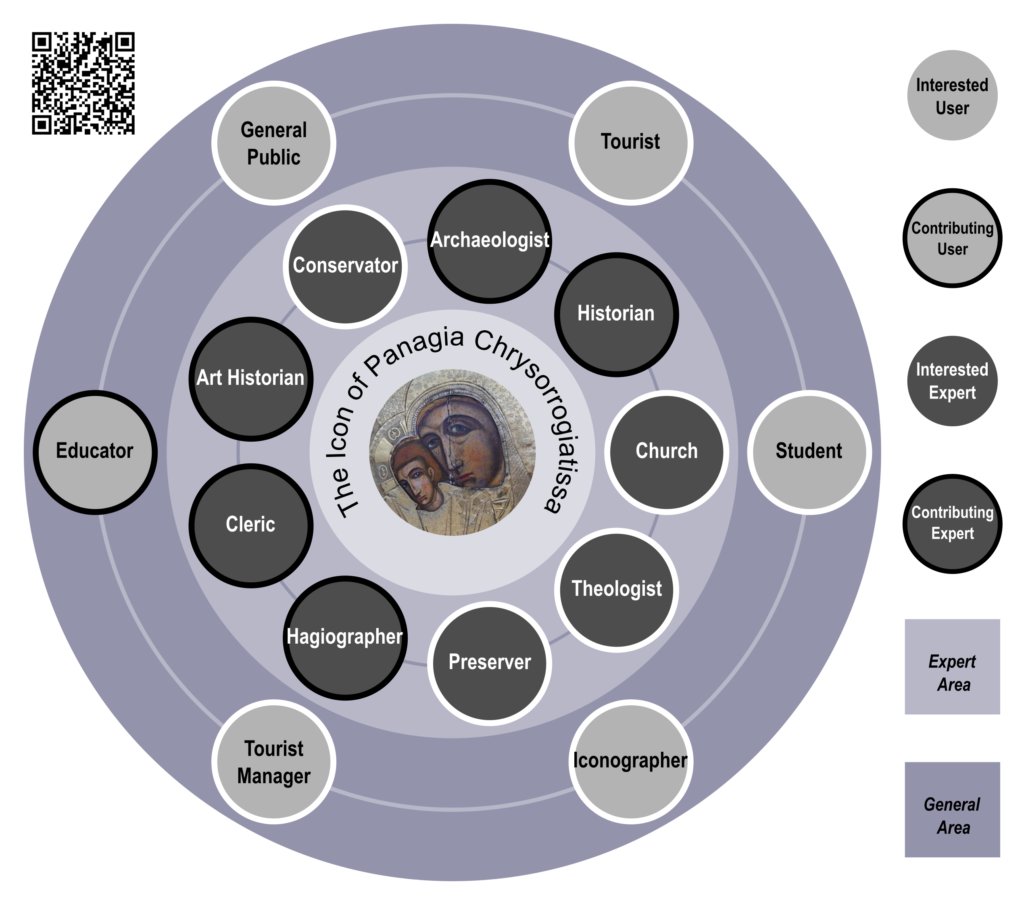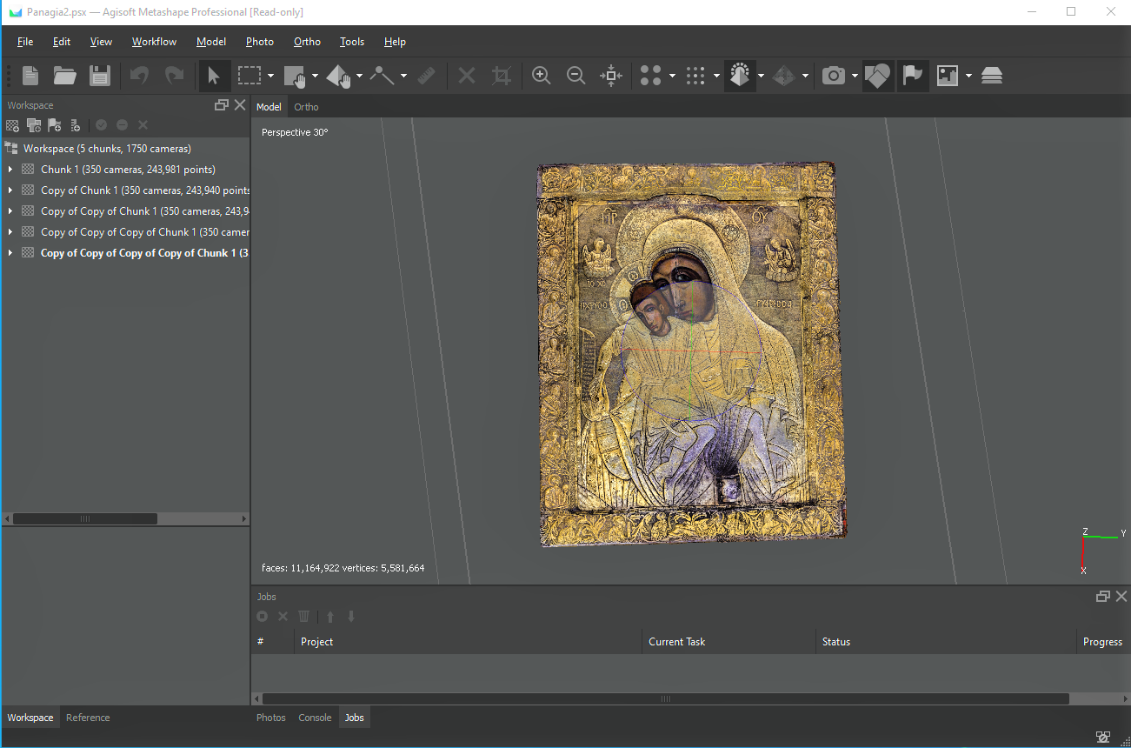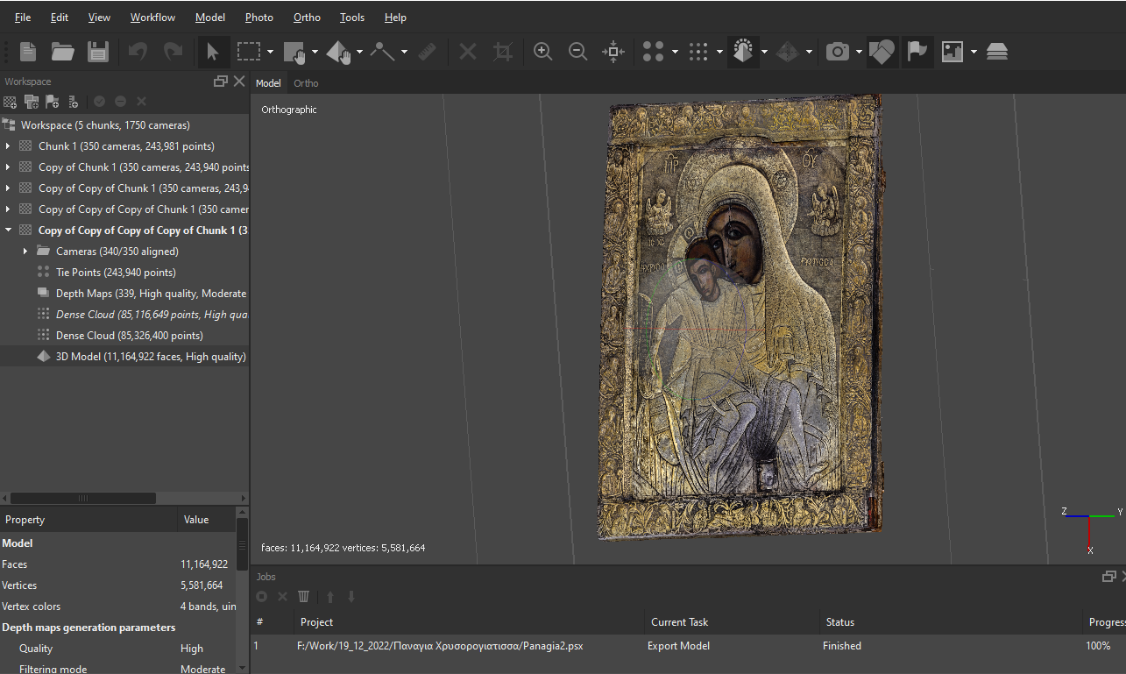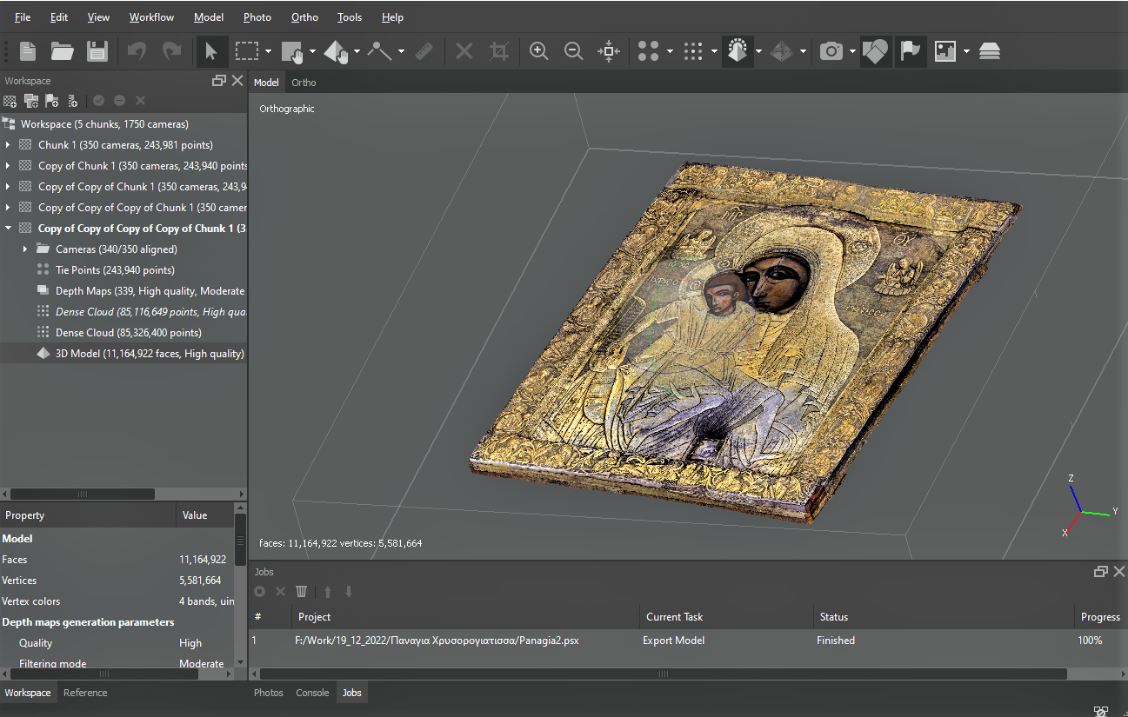1. Introduction
The icon of Christ and the Virgin Mary covered with gold and silver is located in the Church of Chrysorrogiatissa monastery and is believed to have been painted by the Apostle and Evangelist Luke. According to tradition, the sacred icon was thrown into the sea during the iconoclastic period, in order to be saved from the iconoclasts. The waves from Isauria swept it away and carried it to the coast of Paphos, to the location of Moullia. On August 15, 1152, the monk Ignatius, who was practicing in the area, at the site of Kremasti, saw a great flash on the coast of Paphos. He found the icon and set off for his retreat. Overtired as he was, he fell asleep on the slope of Mount Rogia, under a pine tree. In his sleep, an angel of the Lord envisioned him building a temple in the name of the Virgin Mary. The building of Chrysorrogiatissa monastery as it is today, dates back to the 1760- 1770.
3. Estimation of Complexity & Quality
The following radial charts are base on the based on the EU 3D Study/VIGIE 2020/654
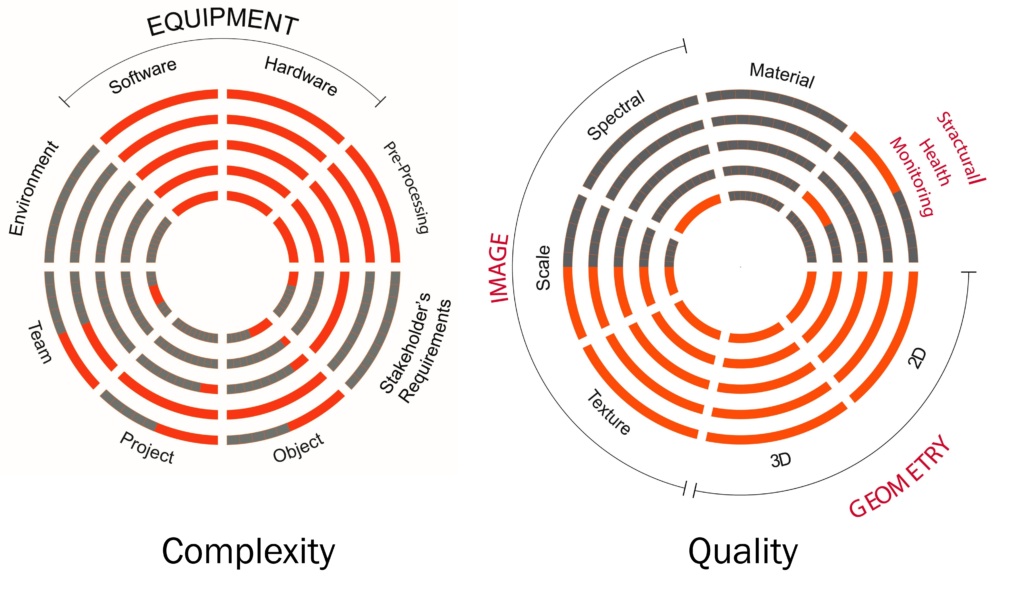
4. Taxonomy
This is a top-level view, clicking on the image will open up the full taxonomy in a new window
6. Research Output
3D Modelling
Video
7. Bibliography
- Ιστορικό της Μονής. (n.d.). Retrieved September 21, 2022, from https://www.impaphou.org/istoriko-xrysorrogiatissa.aspx
- Raynor, R. (2015). The shaping of an icon: St Luke, the artist*. Byzantine and Modern Greek Studies, 39(2), 161–172. https://doi.org/10.1017/S0307013100015329

